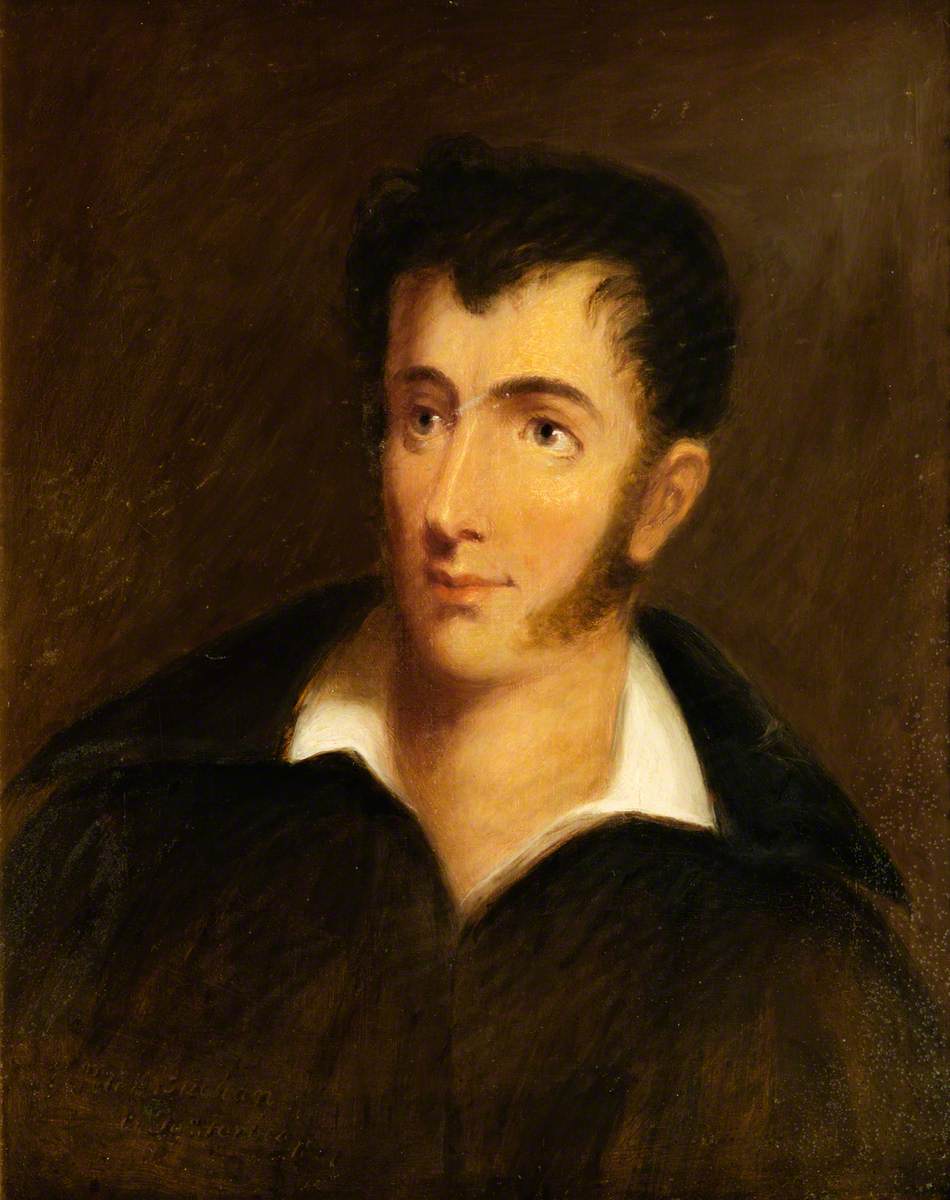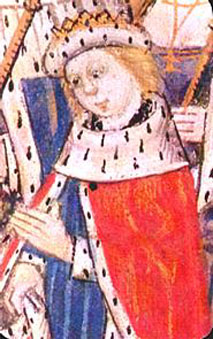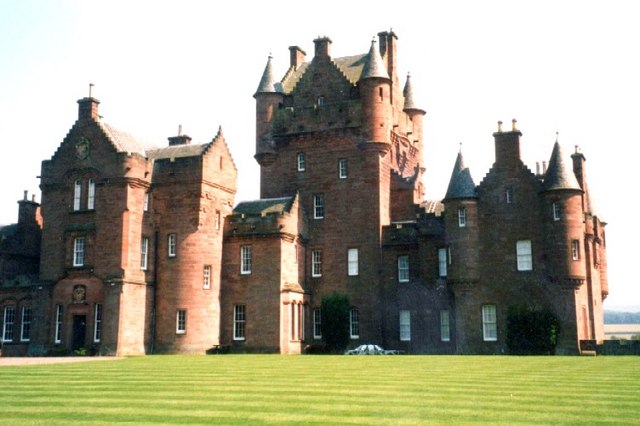|
Longate
Longate is a street in Peterhead Peterhead (; , ) is a town in Aberdeenshire, Scotland. It is the council area's largest settlement, with a population of 19,060 at the 2022 Census for Scotland, 2022 Census. It is the largest fishing port in the United Kingdom for total landi ..., Scotland. It runs for about , from North Street in the north to Broad Street (Peterhead), Broad Street in the south. History Peterhead developed uphill between the shore and Longate, which—until the development of Broad Street (Peterhead), Broad Street in the late 18th century—was the main historic district of the town. Longate Castle, built in the late 16th century, stood at the northern end of Longate, at its junction with today's Brook Lane. Despite its name, it was a townhouse, not a castle. It was demolished around two centuries later, after it had been in use as the Yokieshill Inn and a Pest house, plague house. In 1816, Peter Buchan established the Auchmedden Press in Longate. The ... [...More Info...] [...Related Items...] OR: [Wikipedia] [Google] [Baidu] |
Broad Street (Peterhead)
Broad Street is a street in Peterhead, Scotland. It runs for about , from Seagate in the east to Marischal Street and Tolbooth Wynd in the west. The street is one-way in a clockwise direction, with public parking along its centre on either side of the Reform Monument. Broad Street was formerly the eastern terminus of the A950, which runs between Peterhead and New Pitsligo, to the northwest. The A950 now ends a short distance to the east. History Peterhead developed uphill between the shore and Longate, which was the main historic district of the town prior to the development of Broad Street in the late 18th century. Longate connects to Broad Street at Longate's southern terminus. Broad Street's level was lowered in 1844. Several ship owners lived on Broad Street in the mid-19th century, including James Arbuthnot, John Birnie, Robert Birnie, Robert Kidd, George Maitland Jr and the Robertson brothers. Businesses on the street in 1896 included G & J Tytler dressmakers, ... [...More Info...] [...Related Items...] OR: [Wikipedia] [Google] [Baidu] |
Peterhead
Peterhead (; , ) is a town in Aberdeenshire, Scotland. It is the council area's largest settlement, with a population of 19,060 at the 2022 Census for Scotland, 2022 Census. It is the largest fishing port in the United Kingdom for total landings by UK vessels, according to a 2019 survey."Brexit trade deal: What does it mean for fishing?" - BBC News, December 2020 Peterhead sits at the easternmost point in mainland Scotland. It is often referred to as ''The Blue Toun'' (locally spelled "The Bloo Toon") and its natives are known as ''Bloo Touners''. They are also referred to as ''blue mogganers'' (locally spelled "bloomogganners"), supposedly from the blue worsted ''moggans'' or stockings that the fishermen originally wore. Prehistory and archaeology Expansion of the town's landfill led to ...[...More Info...] [...Related Items...] OR: [Wikipedia] [Google] [Baidu] |
Peter Buchan
Peter Buchan (4 August 1790 – 19 September 1854) was a Scottish editor, publisher, and collector of ballads and folktales. Biography Born in Peterhead, Buchan apprenticed with a , and in 1814 produced his first book, a collection of verse which failed to be taken notice of. As his hometown lacked any printer shops, in 1816 Buchan went to Stirling to learn the printing process, becoming proficient enough to produce samples within a matter of ten days. He established business as a printer in Peterhead in March 1816, with the support of the Earl of Buchan who recommended a friend to fund the purchase of the press. In the early years of business, he printed a series of chapbooks. He also invented his own printing press named the "Auchmedden", a pedal-operated devise that accepted stone, copper, as well as type surfaces for printing. He operated the press from a building on Peterhead's Longate. His ''The Annals of Peterhead'' (1819) had copper-plate illustrations which he himself e ... [...More Info...] [...Related Items...] OR: [Wikipedia] [Google] [Baidu] |
Aberdeenshire
Aberdeenshire (; ) is one of the 32 Subdivisions of Scotland#council areas of Scotland, council areas of Scotland. It takes its name from the Shires of Scotland, historic county of Aberdeenshire (historic), Aberdeenshire, which had substantially different boundaries. The Aberdeenshire Council area includes all of the areas of the historic counties of Aberdeenshire and Kincardineshire except the area making up Aberdeen City Council area, as well as part of Banffshire. The historic county boundaries are still officially used for a few purposes, namely land registration and Lieutenancy areas of Scotland, lieutenancy. Aberdeenshire Council is headquartered at Woodhill House in Aberdeen, making it the only Scottish council whose headquarters are located outside its jurisdiction. Aberdeen itself forms a different council area (Aberdeen City). Aberdeenshire borders onto Angus, Scotland, Angus and Perth and Kinross to the south, Highland (council area), Highland and Moray to the west a ... [...More Info...] [...Related Items...] OR: [Wikipedia] [Google] [Baidu] |
122-124 Longate
1 (one, unit, unity) is a number, numeral, and glyph. It is the first and smallest positive integer of the infinite sequence of natural numbers. This fundamental property has led to its unique uses in other fields, ranging from science to sports, where it commonly denotes the first, leading, or top thing in a group. 1 is the unit of counting or measurement, a determiner for singular nouns, and a gender-neutral pronoun. Historically, the representation of 1 evolved from ancient Sumerian and Babylonian symbols to the modern Arabic numeral. In mathematics, 1 is the multiplicative identity, meaning that any number multiplied by 1 equals the same number. 1 is by convention not considered a prime number. In digital technology, 1 represents the "on" state in binary code, the foundation of computing. Philosophically, 1 symbolizes the ultimate reality or source of existence in various traditions. In mathematics The number 1 is the first natural number after 0. Each natural number, ... [...More Info...] [...Related Items...] OR: [Wikipedia] [Google] [Baidu] |
Townhouse
A townhouse, townhome, town house, or town home, is a type of Terraced house, terraced housing. A modern townhouse is often one with a small footprint on multiple floors. In a different British usage, the term originally referred to any type of Townhouse (Great Britain), city residence (normally in London) of someone whose main or largest residence was a English country house, country house. History Historically, a townhouse was the city residence of a noble or wealthy family, who would own one or more country houses in which they lived for much of the year. From the 18th century, landowners and their servants would move to a townhouse during the Season (society), social season (when major Ball (dance), balls took place). United States and Canada In the United States and Canada, a townhouse has two connotations. The older predates the automobile and denotes a house on a small footprint in a city, but because of its multiple floors (sometimes six or more), it has a large living ... [...More Info...] [...Related Items...] OR: [Wikipedia] [Google] [Baidu] |
Pest House
A pest house, plague house, pesthouse or fever shed was a type of building used for persons afflicted with communicable diseases such as tuberculosis, cholera, smallpox or typhus. Often used for forcible quarantine, many towns and cities had one or more pesthouses accompanied by a cemetery or a waste pond nearby for disposal of the dead. Fever sheds in Canada Fever sheds were built in several communities across Eastern Canada in 1847, to quarantine sick and dying Irish immigrants, who contracted typhus during the voyage to the New World during the Great Famine. Montreal In Montreal, between 3,500 and 6,000 Irish immigrants died in fever sheds in a quarantine area known as Windmill Point. Three sheds were initially constructed, long by 40 to wide. As thousands more sick immigrants landed, more sheds had to be erected. The number of sheds would grow to 22, with troops cordoning off the area so the sick could not escape. Toronto In Toronto, during the summer of 1847, 863 Ir ... [...More Info...] [...Related Items...] OR: [Wikipedia] [Google] [Baidu] |
James Francis Edward Stuart
James Francis Edward Stuart (10 June 16881 January 1766), nicknamed the Old Pretender by Whigs (British political party), Whigs or the King over the Water by Jacobitism, Jacobites, was the House of Stuart claimant to the thrones of Kingdom of England, England, Kingdom of Ireland, Ireland and Kingdom of Scotland, Scotland from 1701 until his death in 1766. The only son of James II of England and his second wife, Mary of Modena, he was Prince of Wales and heir until his Catholic father was deposed and exiled in the Glorious Revolution of 1688. His Protestant half-sister Mary II of England, Mary II and her husband William III of England, William III became co-monarchs. As a Catholic, he was subsequently excluded from the succession by the Act of Settlement 1701. James, who had been raised primarily in France and Italy, claimed the thrones of England, Ireland and Scotland when his father died in September 1701. As part of the War of the Spanish Succession, in 1708 Louis XI ... [...More Info...] [...Related Items...] OR: [Wikipedia] [Google] [Baidu] |
Prince Of Wales
Prince of Wales (, ; ) is a title traditionally given to the male heir apparent to the History of the English monarchy, English, and later, the British throne. The title originated with the Welsh rulers of Kingdom of Gwynedd, Gwynedd who, from the late 12th century, used it (albeit inconsistently) to assert their supremacy over the other Welsh rulers. However, to mark the finalisation of his conquest of Wales, in 1301, Edward I of England invested his son Edward of Caernarfon with the title, thereby beginning the tradition of giving the title to the heir apparent when he was the monarch's son or grandson. The title was later claimed by the leader of a Welsh Revolt, Welsh rebellion, Owain Glyndŵr, from 1400 until 1415. King Charles III created his son William, Prince of Wales, William Prince of Wales on 9 September 2022, the day after his accession to the throne, with formal letters patent issued on 13 February 2023. The title has become a point of controversy in Wales. Welsh ... [...More Info...] [...Related Items...] OR: [Wikipedia] [Google] [Baidu] |
Dunkirk
Dunkirk ( ; ; ; Picard language, Picard: ''Dunkèke''; ; or ) is a major port city in the Departments of France, department of Nord (French department), Nord in northern France. It lies from the Belgium, Belgian border. It has the third-largest French harbour. The population of the commune in 2019 was 86,279. Etymology and language use The name of Dunkirk derives from West Flemish 'dune' or 'dun (fortification), dun' and 'church', thus 'church in the dunes'. A smaller town 25 km (15 miles) farther up the Flemish coast originally shared the same name, but was later renamed Oostduinkerke(n) in order to avoid confusion. Until the middle of the 20th century, French Flemish (the local variety of Dutch language, Dutch) was commonly spoken. History Middle Ages A fishing village arose late in the tenth century, in the originally flooded coastal area of the English Channel south of the Western Scheldt, when the area was held by the County of Flanders, Counts of Flanders, va ... [...More Info...] [...Related Items...] OR: [Wikipedia] [Google] [Baidu] |
Baron Baillie
In Scotland, "baron" or "baroness" is a rank of the ancient nobility of the Baronage of Scotland, a hereditary Imperial, royal and noble ranks, title of honour, and refers to the holder of a barony, erected into a free barony by Crown Charter, this being the status of a minor baron, recognised by the crown as noble, but not a peer. The Court of the Lord Lyon representing the monarch in Scotland, institutional writers, the registry of Scots Nobility, the Scottish Law Commission Government Website, UK Government Legislation Website and the Scottish Parliament all refer to the noble title of a Scottish baron. These titles were historically called feudal titles, which is incorrect today. When Scotland abolished feudalism in 2004, baronial titles that were once feudal baronies were transformed into personal dignities in law (or baronage titles), disconnected from territorial privileges. Rights in relation to Parliament Some sources, such as the Manorial Society of Great Britain, M ... [...More Info...] [...Related Items...] OR: [Wikipedia] [Google] [Baidu] |







